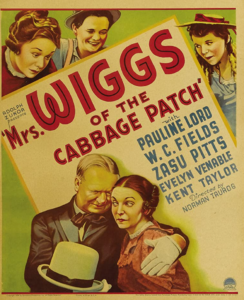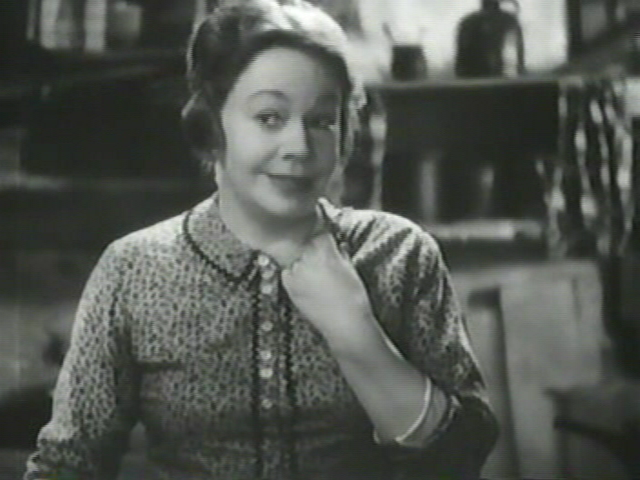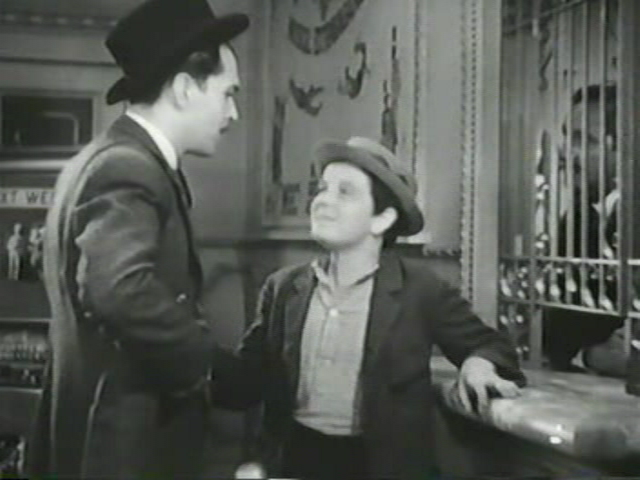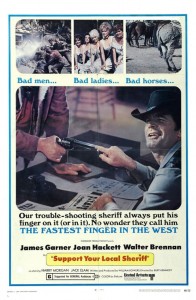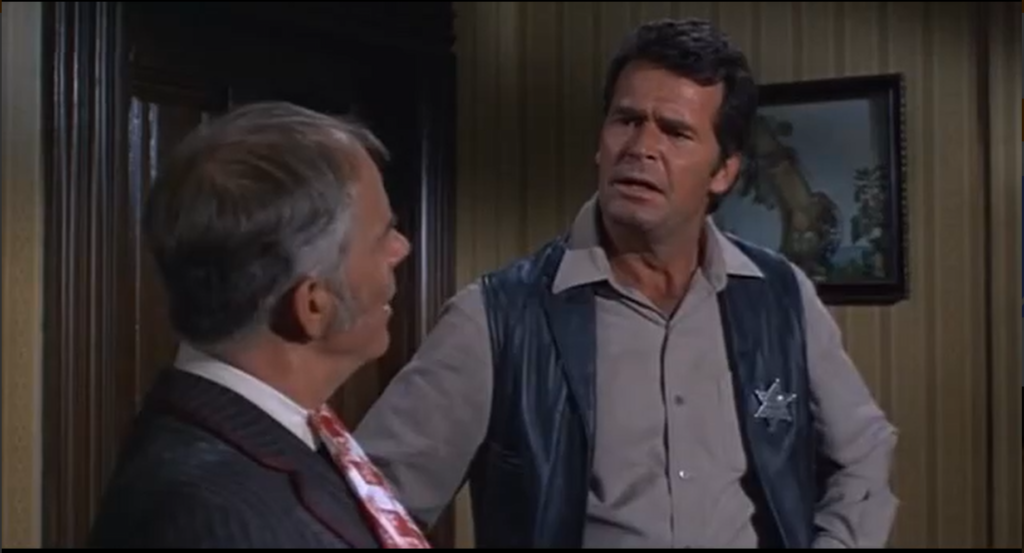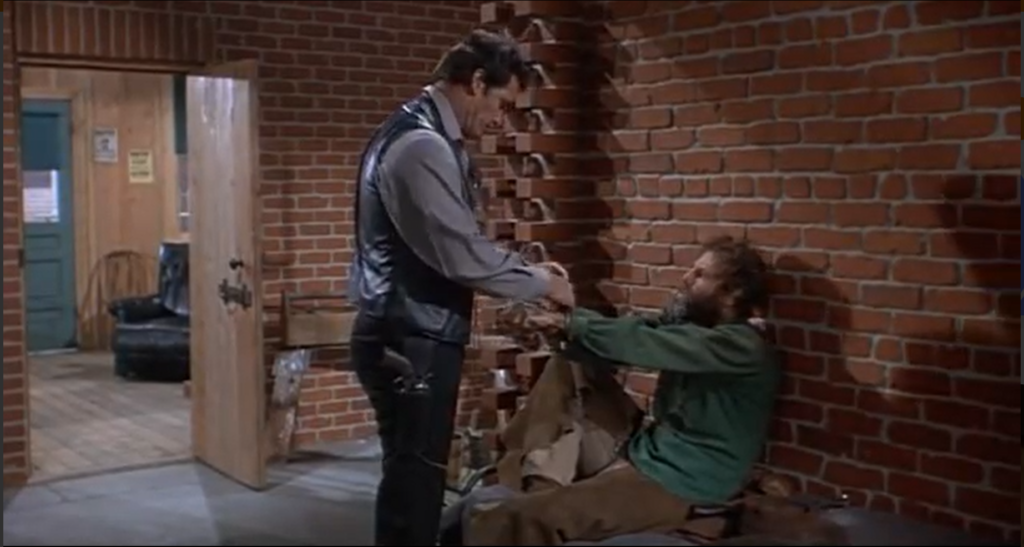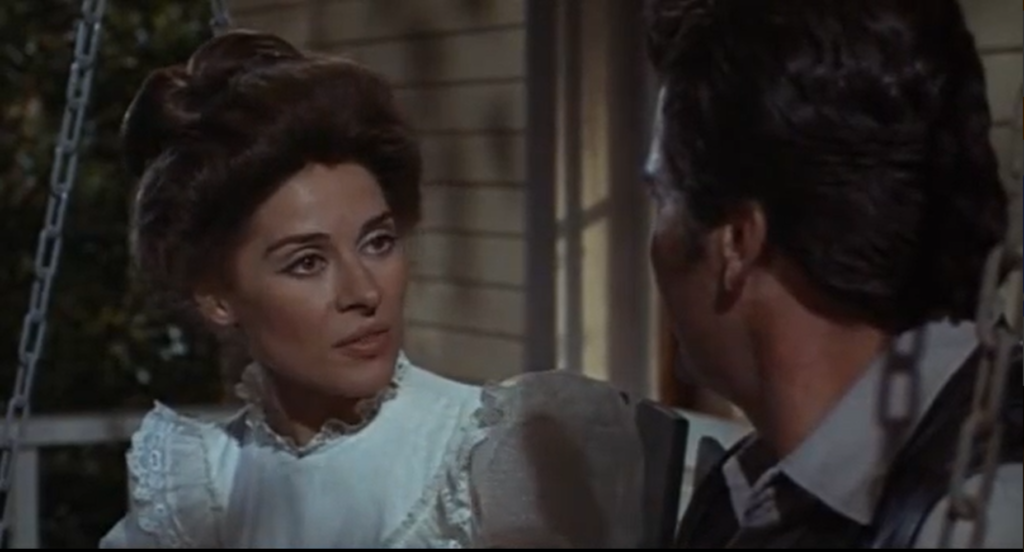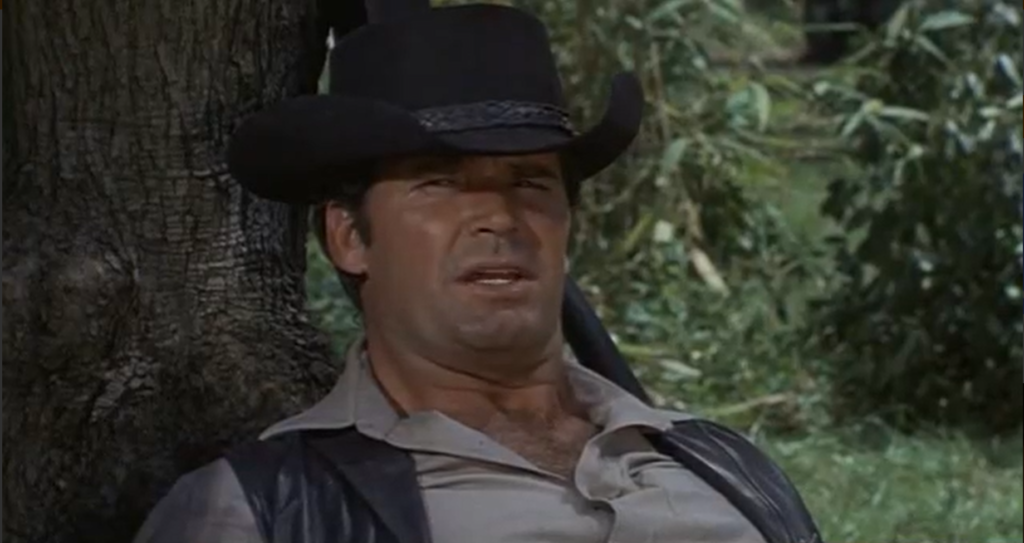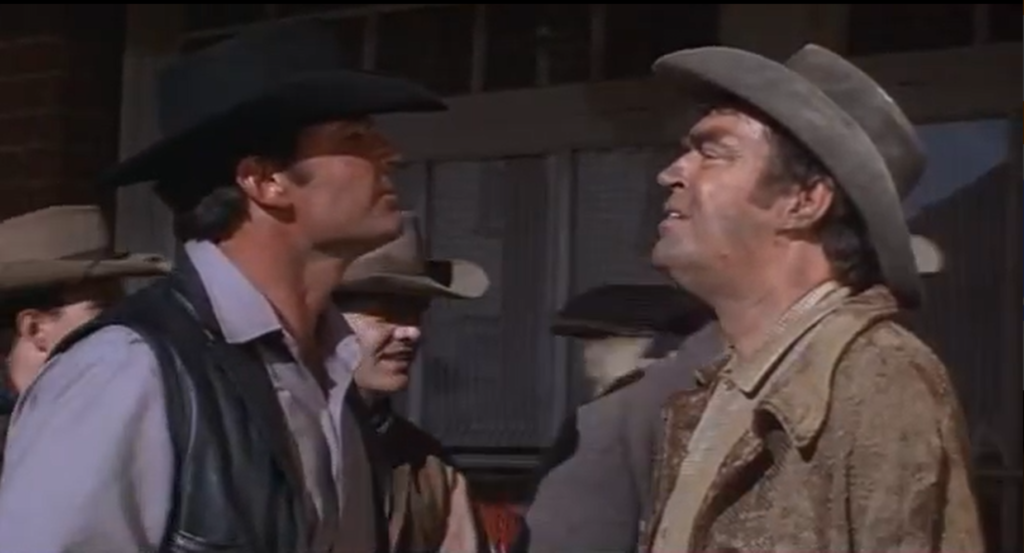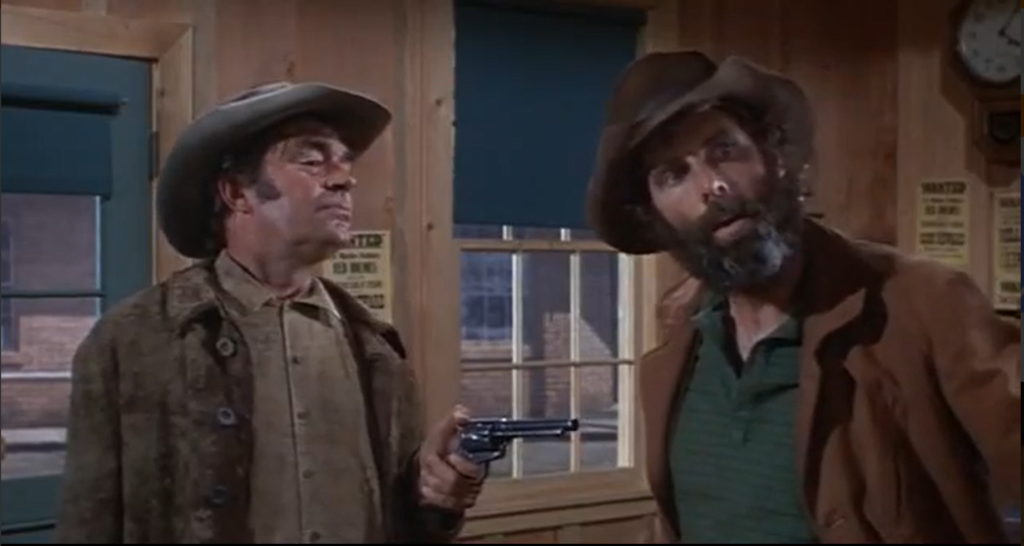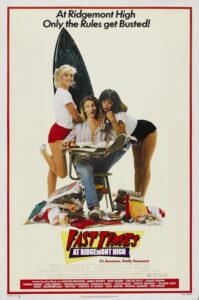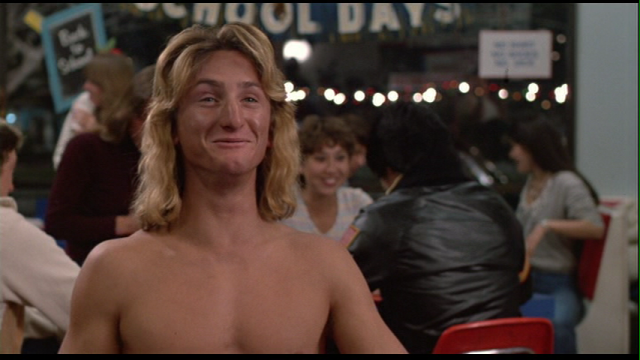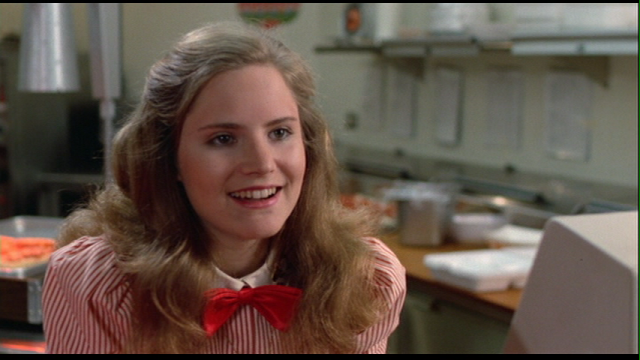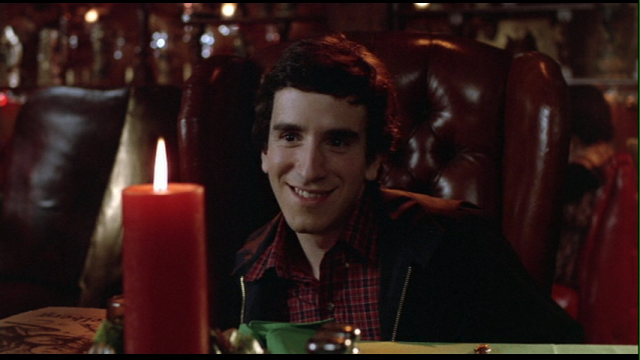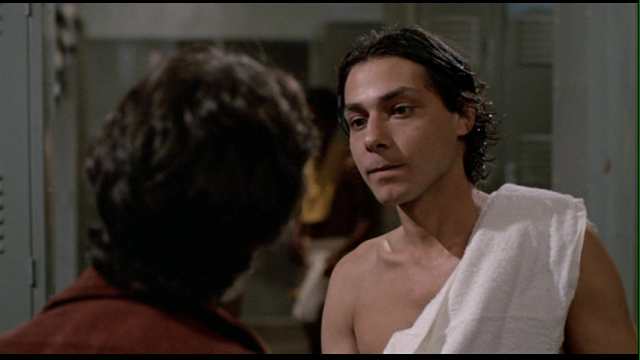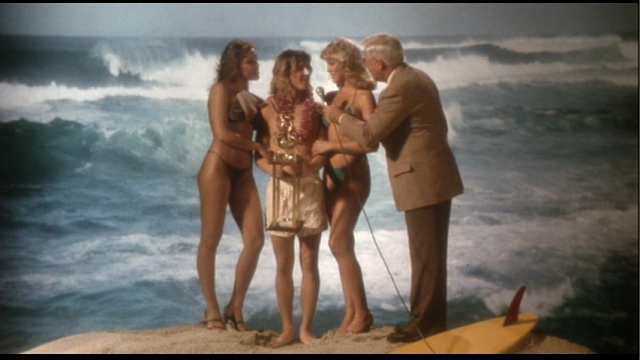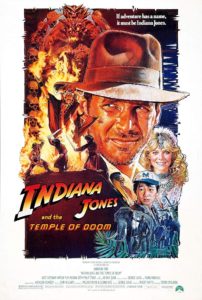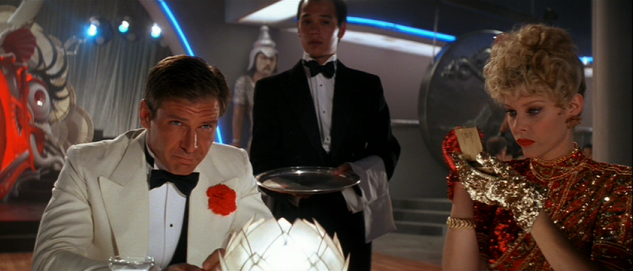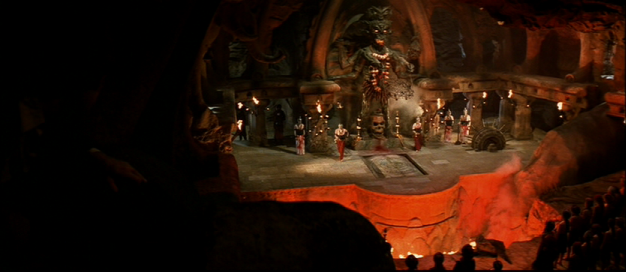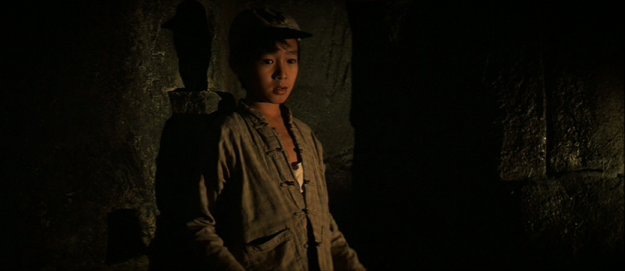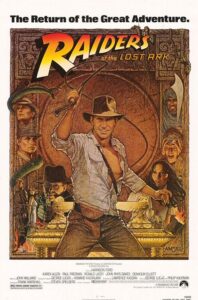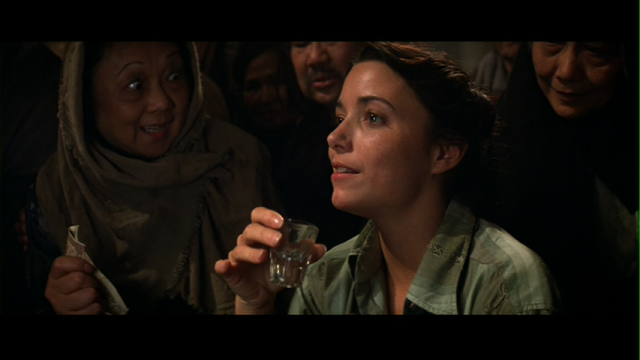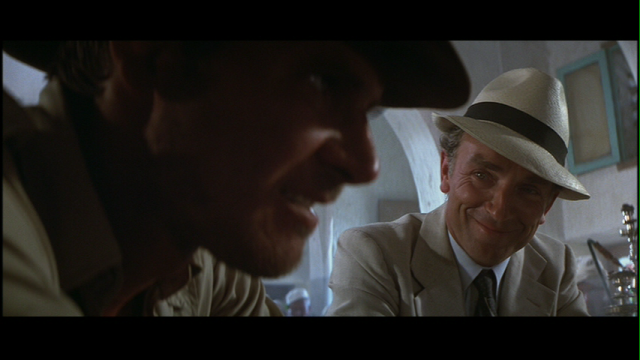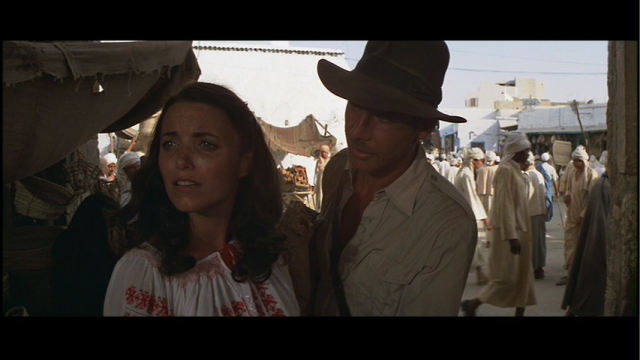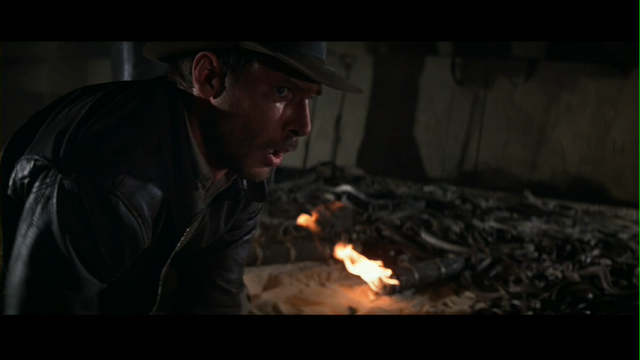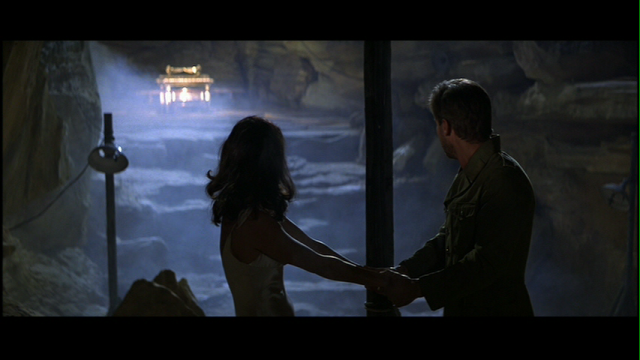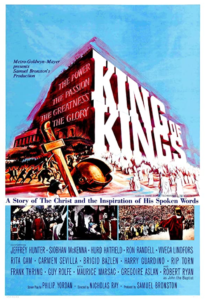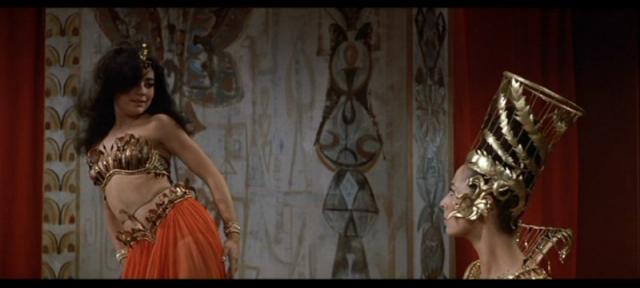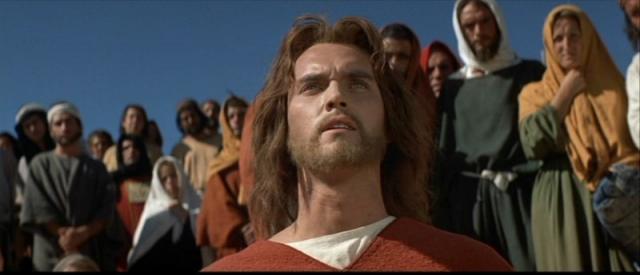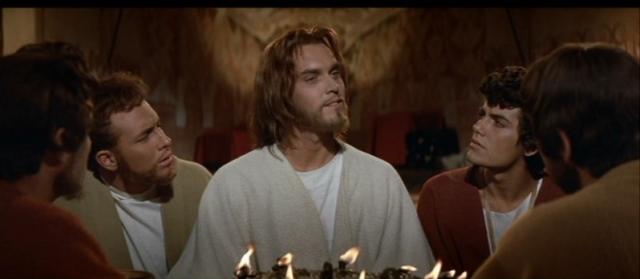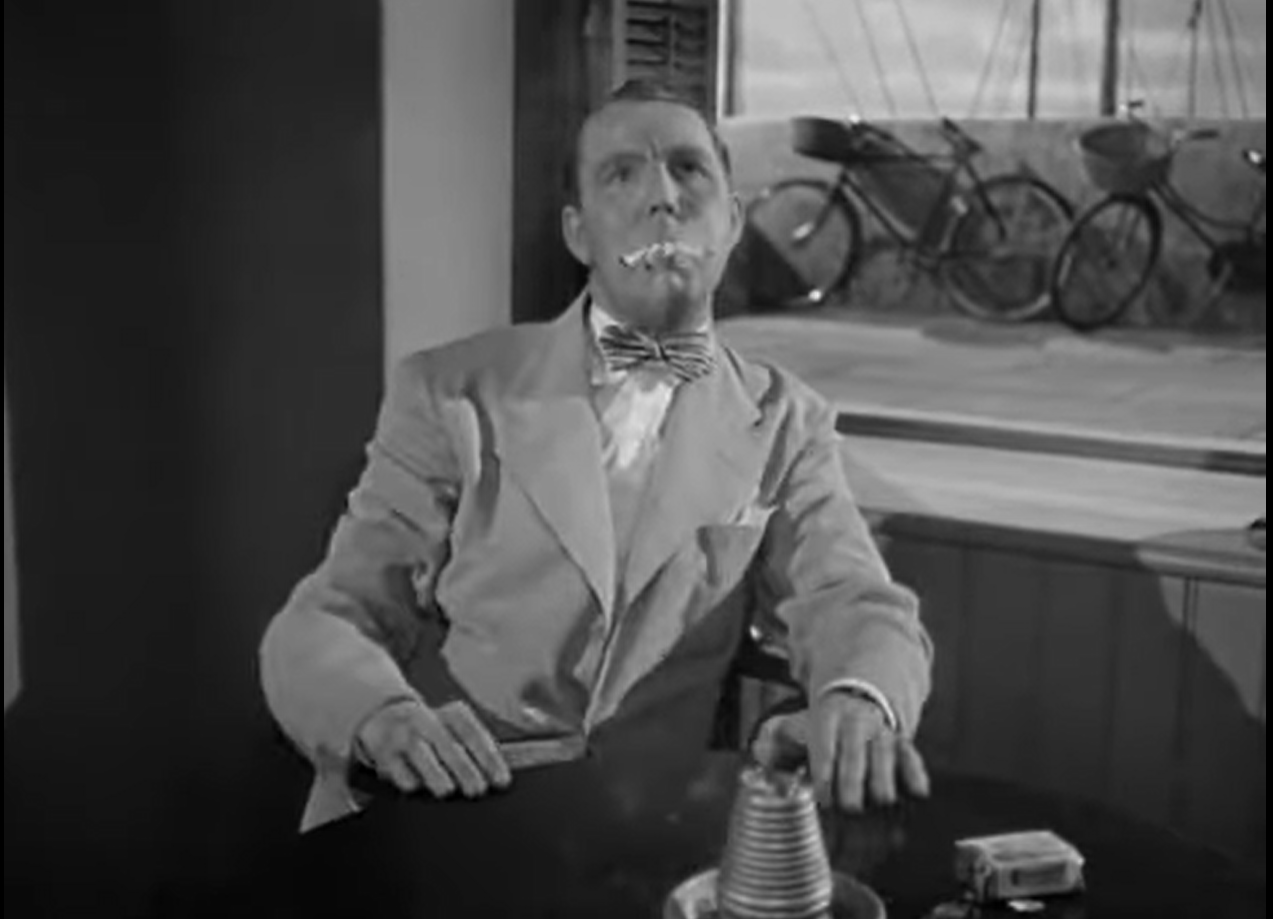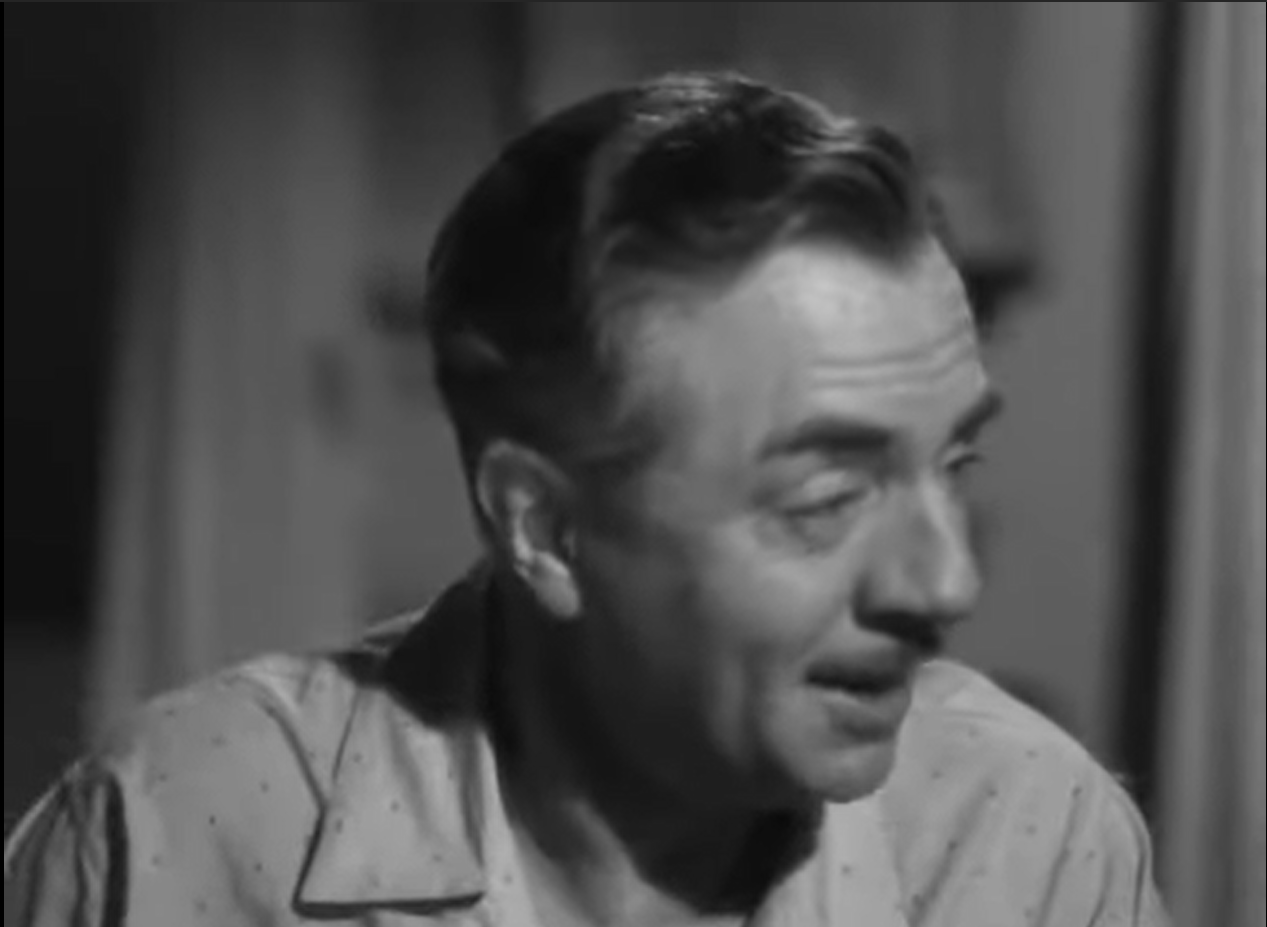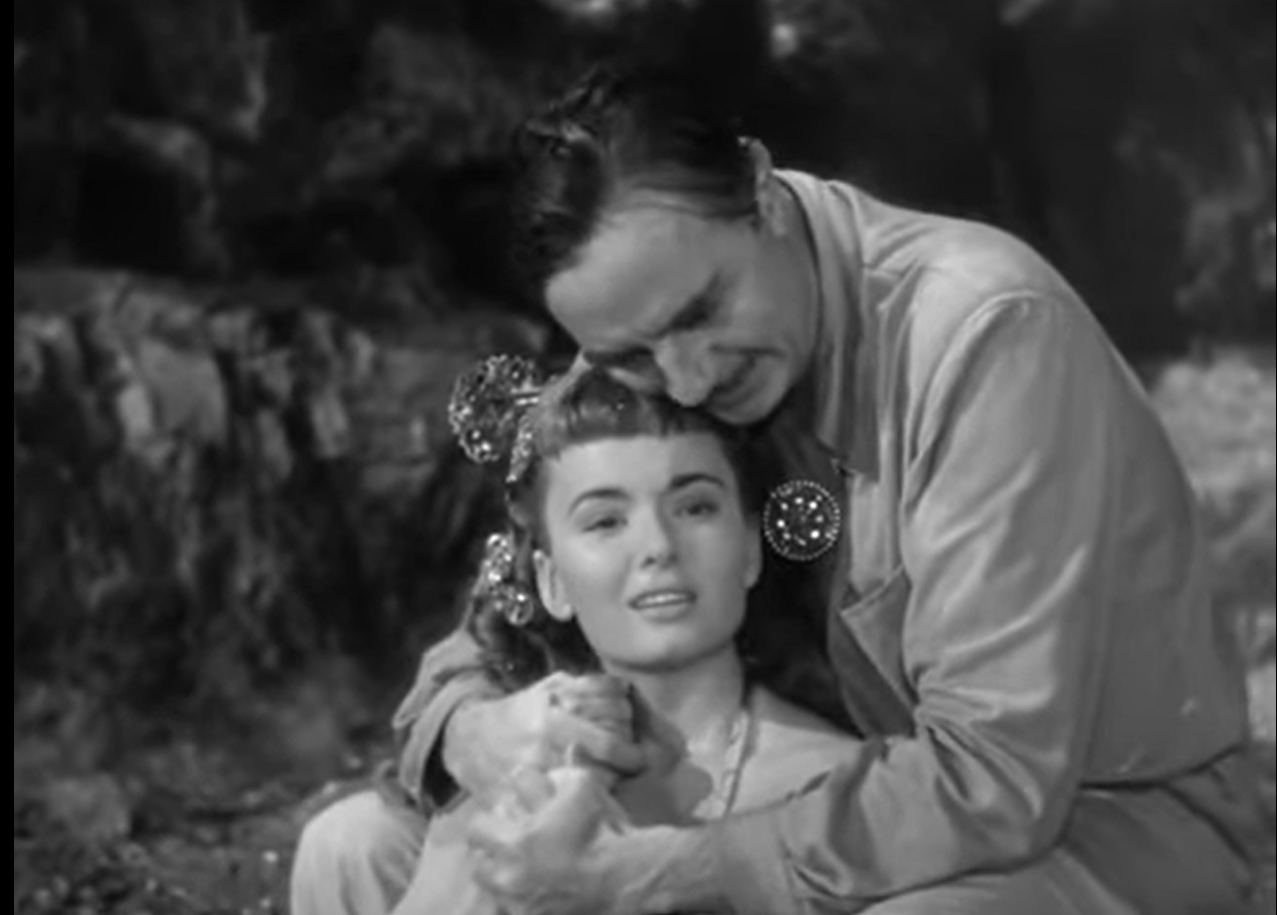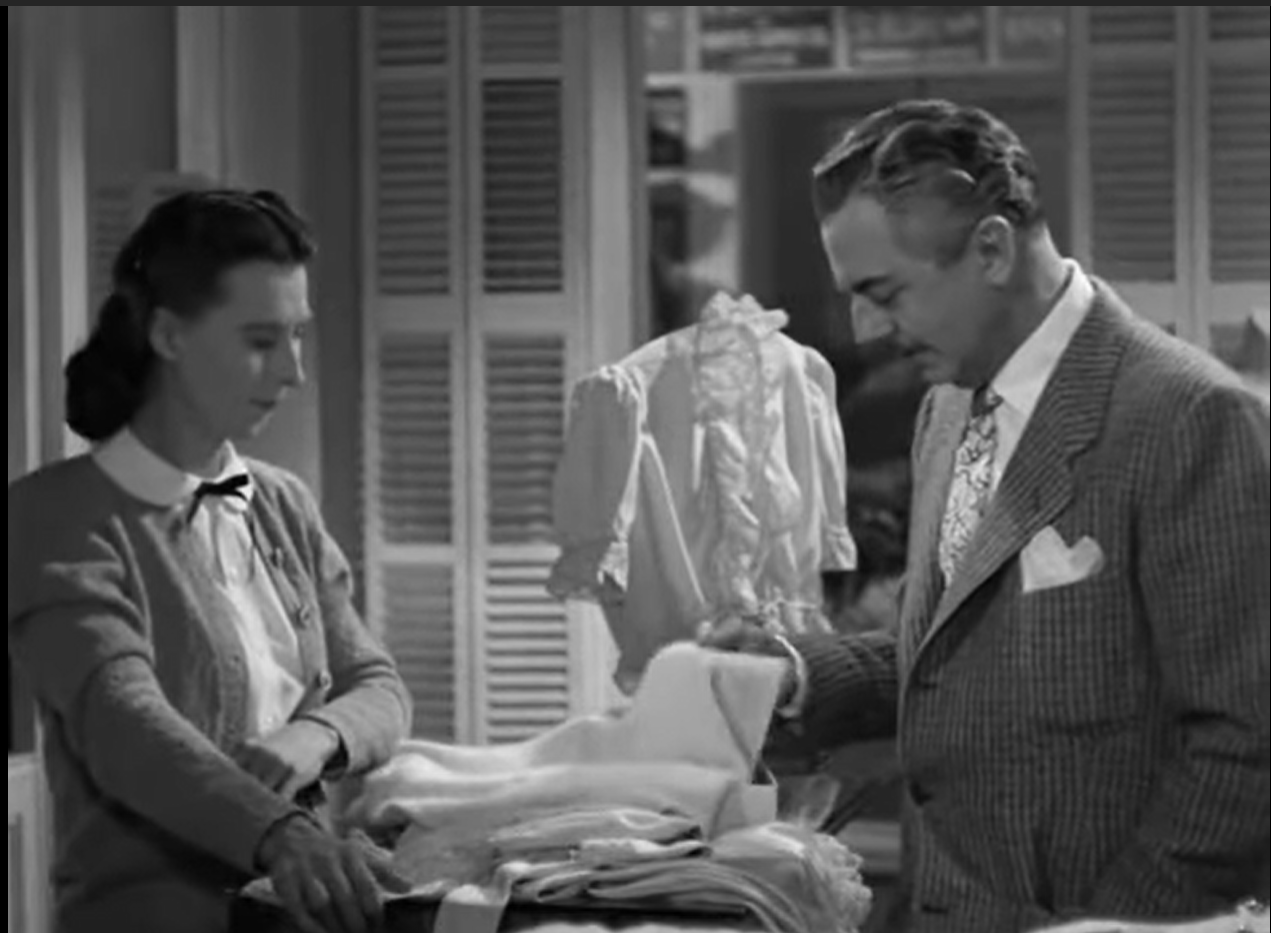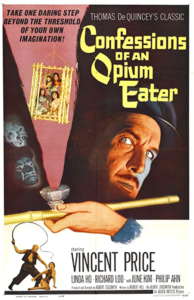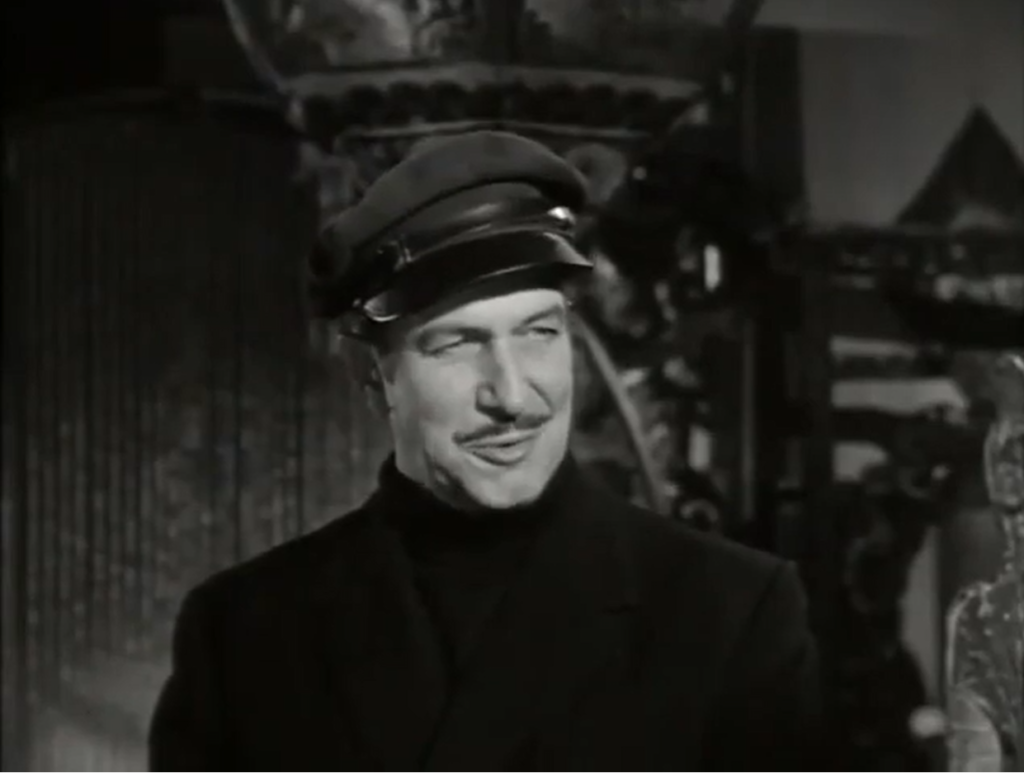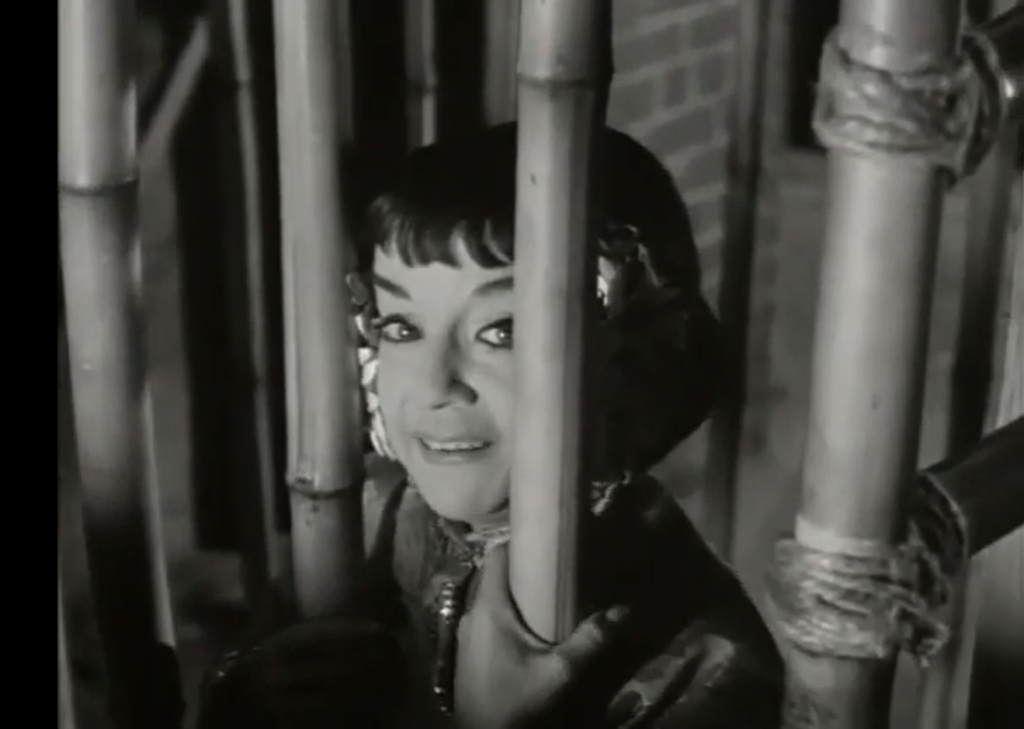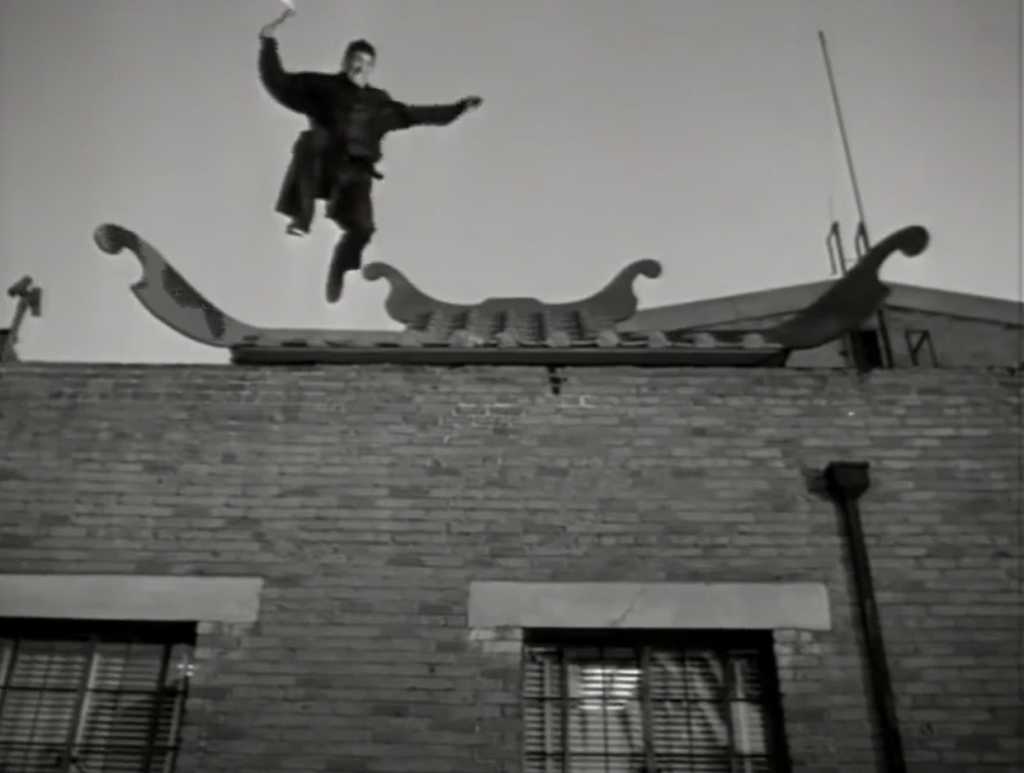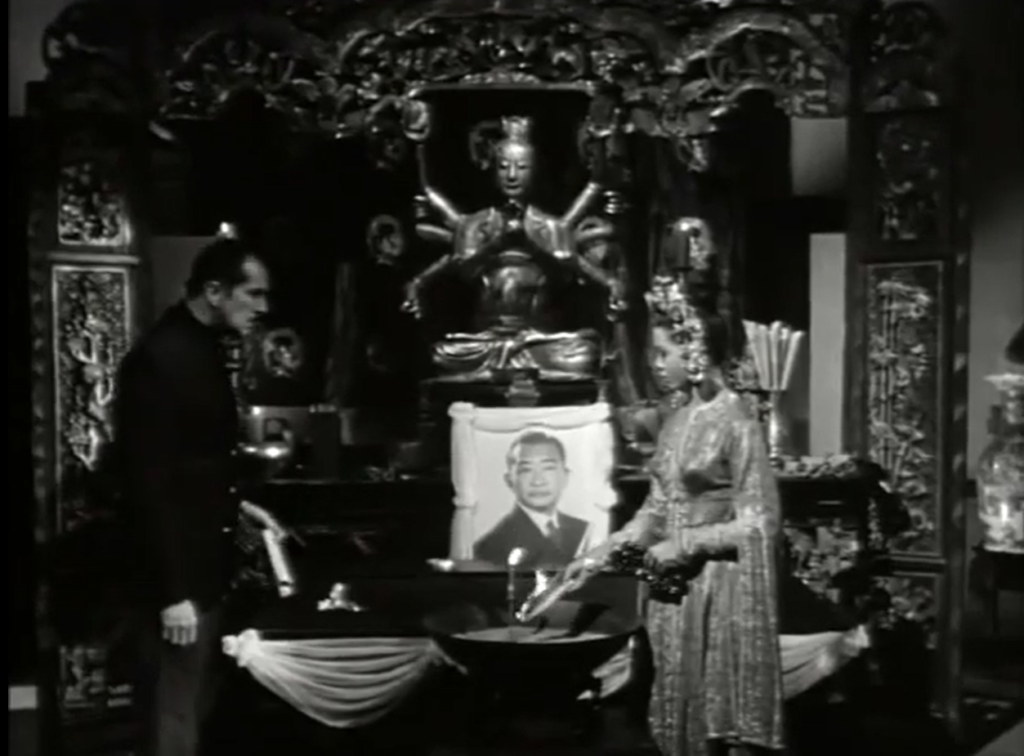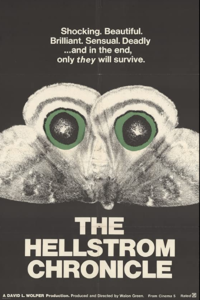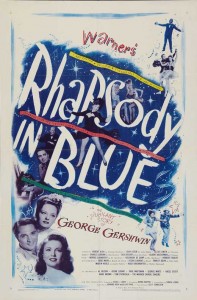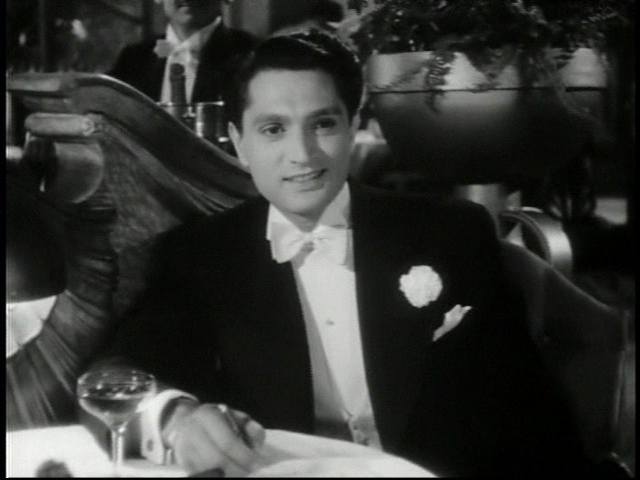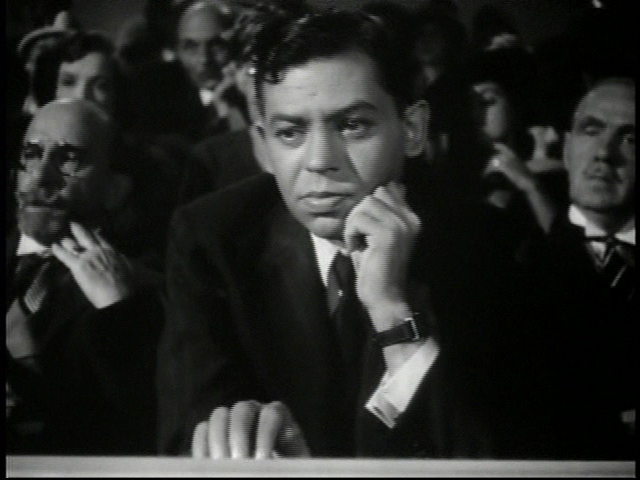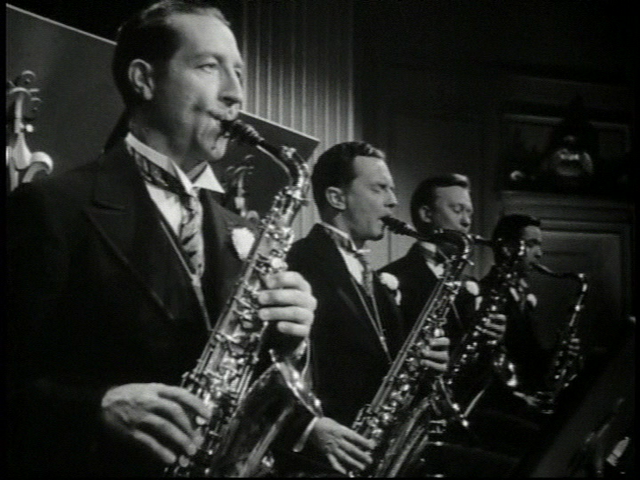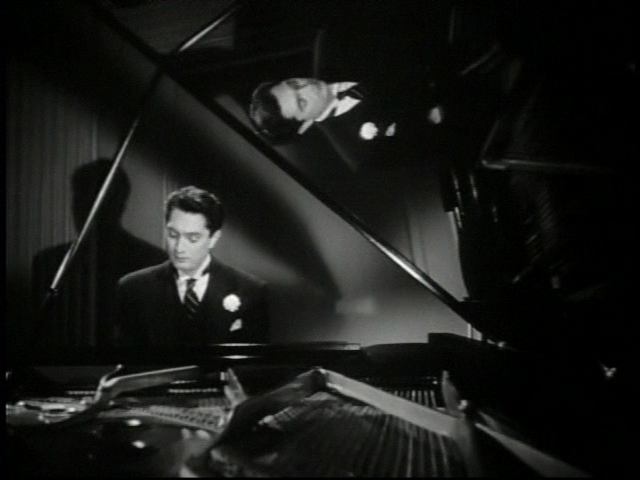|
Genres, Themes, Actors, and Directors:
- Documentary
- Insects
- Scientists
Review:
This Oscar-winning “quasi”-documentary offers a unique blend of fascinating insect footage (as one contributor to IMDb writes, it represents “the dark side of Microcosmos“) with a bizarrely campy “voice of doom” narration, one which frames the tenacious lives of insects in counterpart with humans’ ultimate frailty, and posits that insects will inevitably take over the Earth one day. At the time of the film’s release, marketers exploited this doomsday perspective so heavily that many viewers expected to see either a science fiction or horror flick; these days, viewers may see it as simply a cleverly disguised satire. Yet much like Jim Brown and Gary Burns’ recent pseudo-documentary about suburban sprawl (Radiant City, 2006), The Hellstrom Chronicle manages to span the fiction-documentary divide without ever clearly crossing over into mockumentary territory.
With that said, Dr. Hellstrom’s narration is undeniably full of what Vincent Canby of the New York Times refers to as “asinine statements”; it’s impossible to take Hellstrom seriously when he begins by gravely informing us that “the world was created not with the sweetness of love, but with the violence of rape,” and later describes a black widow spider as “throbbing with obese sexuality”. Indeed, Hellstrom’s anthropomorphization of the insect world borders on sheer lunacy at times — did audience members at the time really buy his rhetoric? Would audiences today? While several legitimate research institutions (including Cal Tech and the Entomological Society of America) are cited in the film’s credits as having “provided assistance”, Hellstrom’s analysis (a synthesis of “contemporary opinions”) is — frustratingly — often simply wrong and/or dated.
During the sequence in which he compares the mating rituals of humans with insects, for instance, he laments how “inefficient” our methods are, shaking his head in dismay: “For man, unless the setting is right, the perfume is right, the music is sweet, and at least one partner is loved by another, the reproductive act might never occur.” Yet it’s widely acknowledged by scientists today that humans’ strategic mating patterns perfectly suit our need to establish dedicated caretakers, given how long newborns and children require adult assistance to survive. Later, he bashes humans’ need for philosophical inquiry by noting:
Confronted with this incredible resourcefulness — this desperate desire to survive — we must wonder, why? What is the value, even for oneself, to sustain an existence that must ultimately end in death? The insect has the answer, because he never posed the question.
According to Hellstrom, then, insects will ultimately outlive humans because they never stop to reflect — yet as Roger Ebert puts it in his review, “I don’t care how well the bees have got things organized, I wouldn’t want to be a bee. And not a May fly, either.” With that said, if one can ignore the blatant inaccuracies in Hellstrom’s narration — and simply laugh along with the faux gravity of his “dire warning” about insect domination — viewers are guaranteed a fascinating glimpse at a world we’re rarely able to view in such detail.
Redeeming Qualities and Moments:
- Truly impressive cinematography


- The cool sequence in which a butterfly emerges from its chrysalis

- Many disturbing “real life” images of insects brutally doing what it takes to survive

- Pressman’s campy performance as Hellstrom
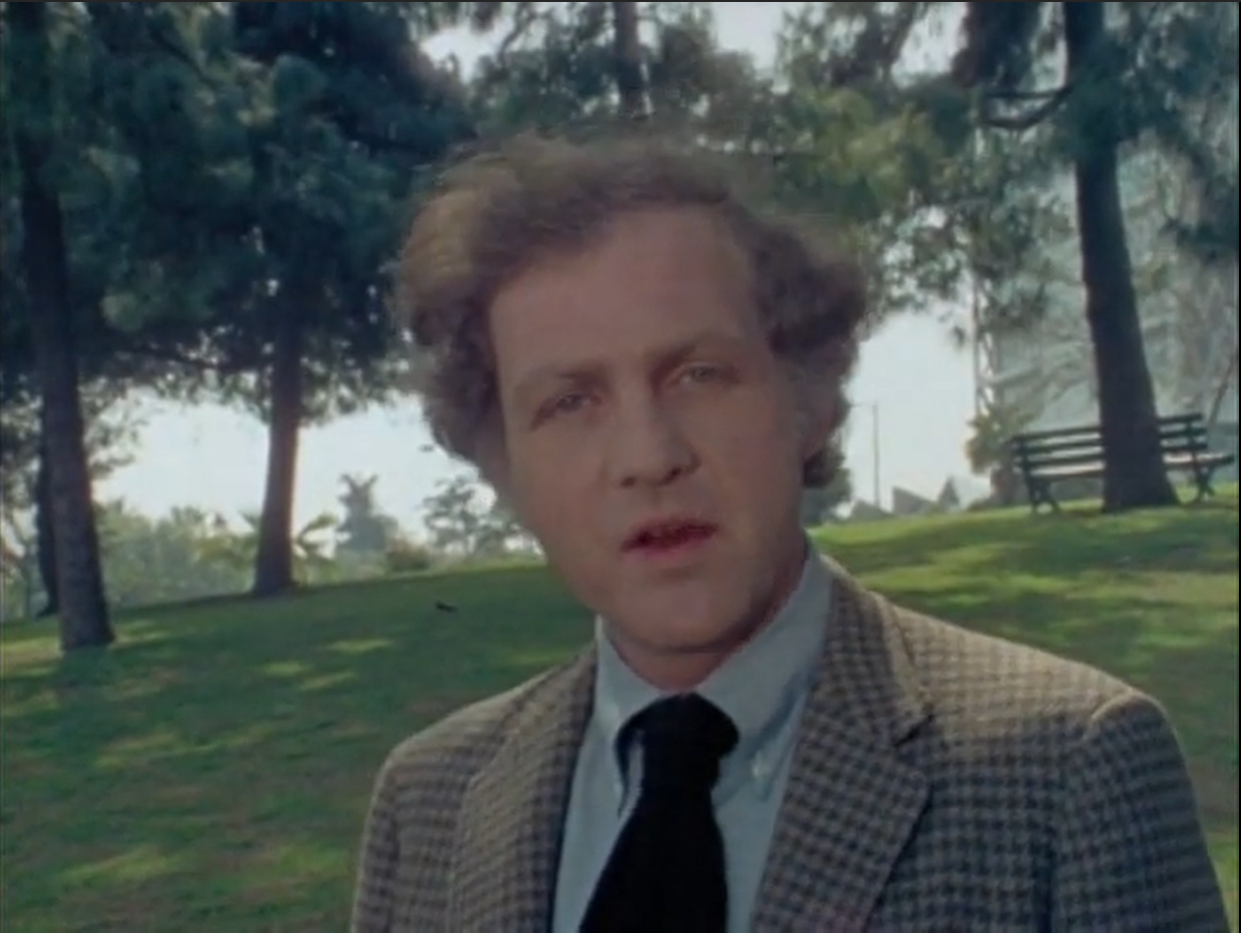
Must See?
Yes, for its status as an Oscar winner.
Categories
Links:
|
